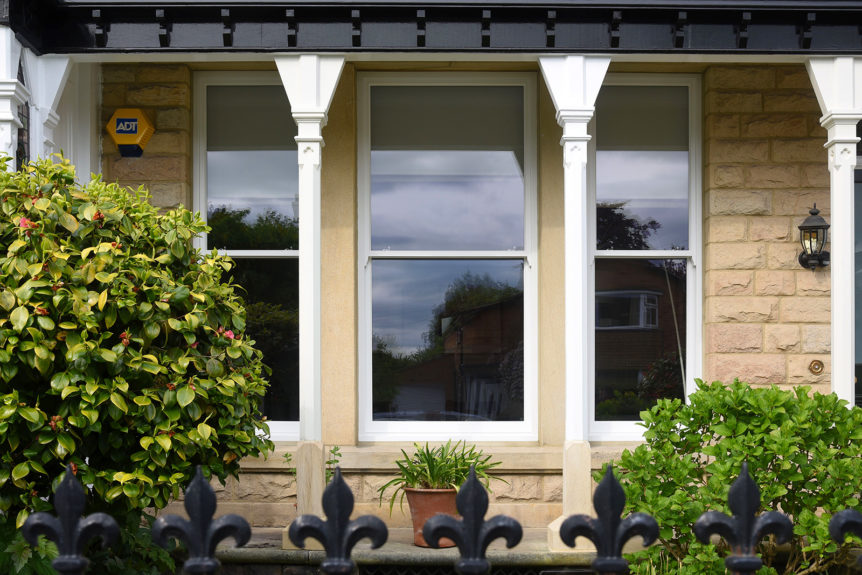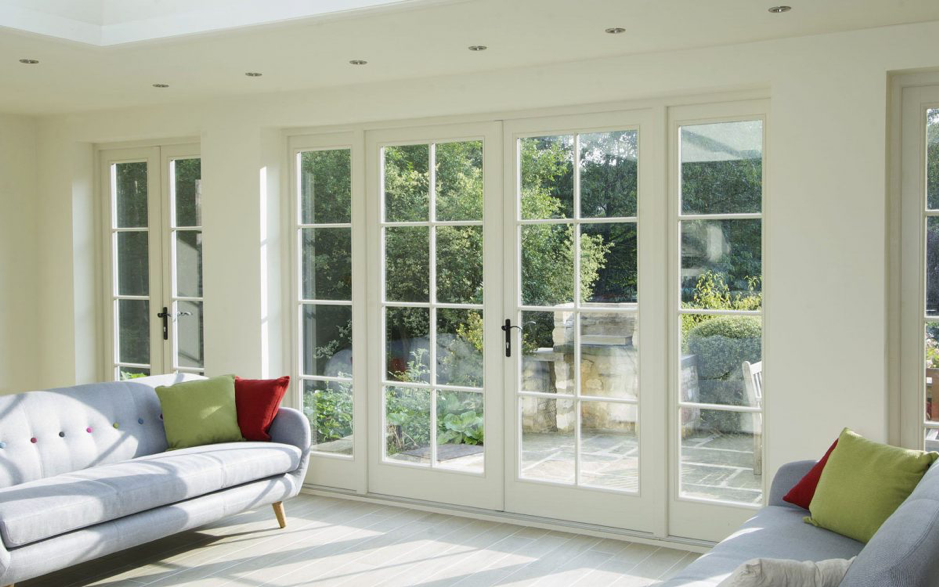Not sure whether timber or uPVC frames are right for you? Read on to find out the pros and cons of each…
One of the biggest decisions homeowners have to make when replacing windows and doors is whether to choose timber frames or uPVC alternatives.
In recent years, the latter has become increasingly popular thanks to it being heavily marketed as a cheaper, more durable and easier to maintain option.
But the cheapest option isn’t always the best option, and the idea that uPVC is more efficient and easier to look after than traditional wood is actually incorrect.
Indeed, there are pros and cons to both timber windows and uPVC – below we take a look at both types of frame to help you decide which is the right choice for you.
The Look:
Most new-build homes feature uPVC windows as they are generally mass produced and fit the standard window sizes used by large-scale developers.
There is absolutely nothing wrong with the way these windows look, and they can certainly suit more modern houses and apartments if specified correctly.
Timber windows, on the other hand, are often bespoke making them ideal for period and older homes as they can be custom tailored and are aesthetically superior.
While uPVC windows are limited in their style, design and colour, timber windows come with a wide range of specifications, styles and finishes.
Timber widows can also be dual coloured, which means you can choose a different colour for the internal and external frames.
The Efficiency:
When it comes to the efficiency of windows and doors, the type of glazing used is undoubtedly the most significant factor.
Double glazing is far more energy efficient than single glazing, while those looking for the ultimate in glass efficiency should consider options such as soft coat, heat reflective glazing.
Of course, the material window frames are made out of also has an impact and timber is one of the best at insulating heat – regardless of the glass inside the frame.
That said, modern uPVC window frames can still provide high levels of insulation.
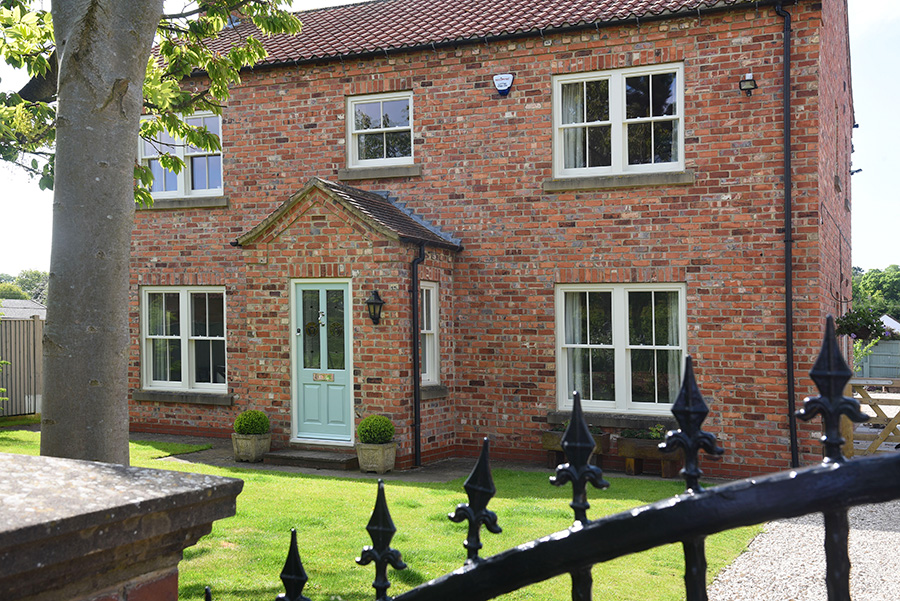
The Maintenance:
One of the biggest misconceptions about timber widows is that they require a lot of maintenance and care to ensure they keep looking their best.
While uPVC frames are undoubtedly easy to keep clean – in most cases, they just need wiping down with water – timber widows are more durable and have a longer lifespan.
With the right finish, a timber window will only need repainting every eight to ten years, and in the meantime they can be cleaned in just the same way as uPVC. Modern paint systems don’t require the labour intensive sanding that the old oil based paints needed when redecorating.
In addition, if a timber window frame becomes damaged it can be easily repaired whereas a damaged uPVC frame usually has to be replaced.
If a timber window frame is properly looked after it can last a lifetime while the average lifespan of a uPVC window is usually around 15-20 years.
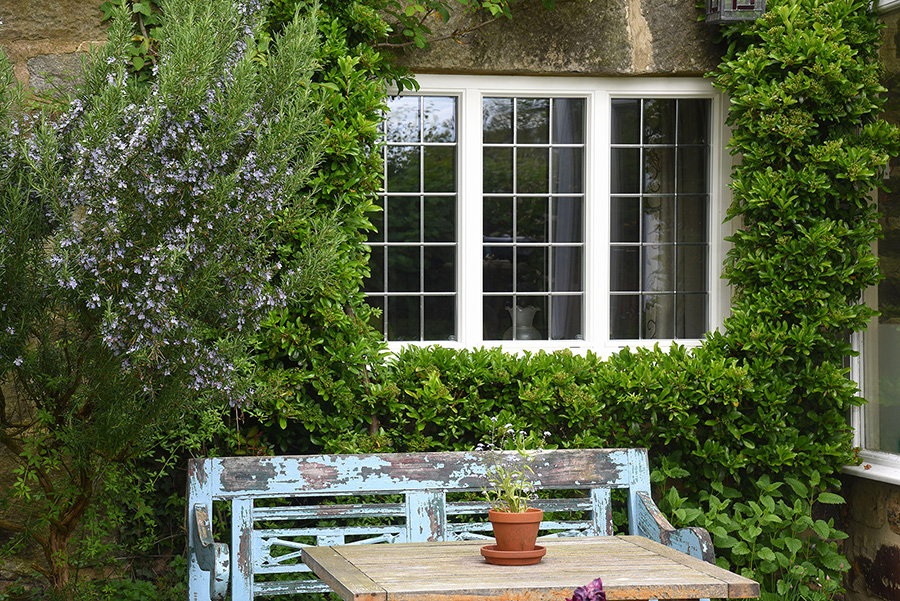
The Environmental Impact
Oil makes up 43% of the raw material required to manufacture PVC. Something that’s manufactured with a non-renewable resource can’t be classed as sustainable, whereas timber windows made from sustainably sourced trees will cause significantly less burden to the environment and can often be a ‘carbon negative’ process.
Something to consider when making your decision is that only 3% of waste PVC is recycled and the remaining is either incinerated or goes into landfill. Wooden windows certainly win this argument.
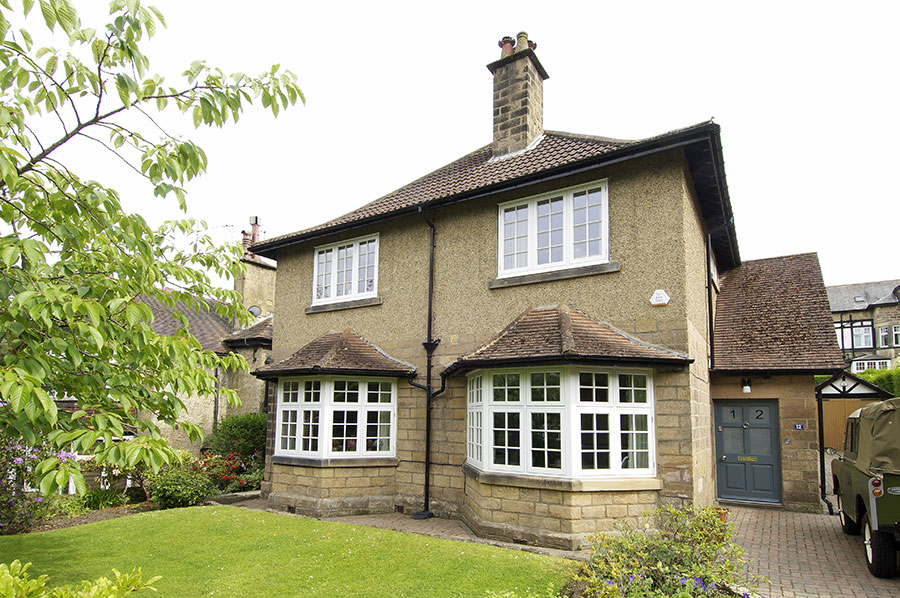
The Cost:
The initial cost of installing uPVC frames is no doubt lower than timber frame alternatives, but when you consider the lifespan of the latter over the former, wood can work out cheaper.
In most cases, installing quality timber widows can add value to your property and also reduce the cost of energy bills, too.
The decision over whether to choose timber window frames or uPVC window frames will likely come down to the look you are seeking and the budget you have to spend.
But all things considered, timber frames offer superior aesthetics, easy maintenance, a much longer lifespan and greater cost savings over time.
Feeling inspired? Get in touch with our team to find out how we can help you transform your home.

